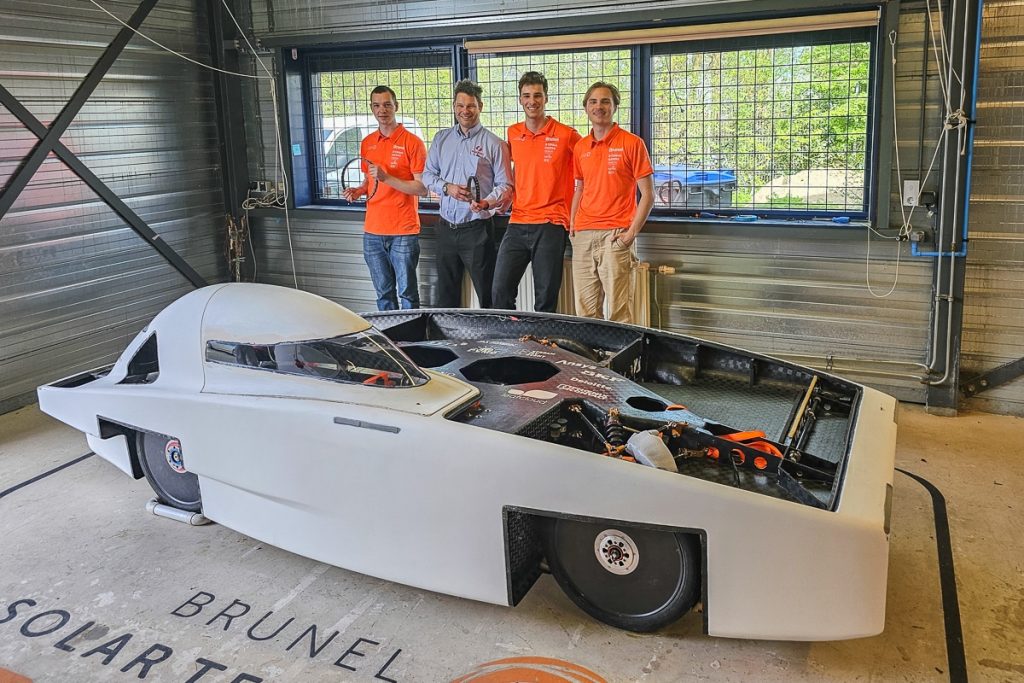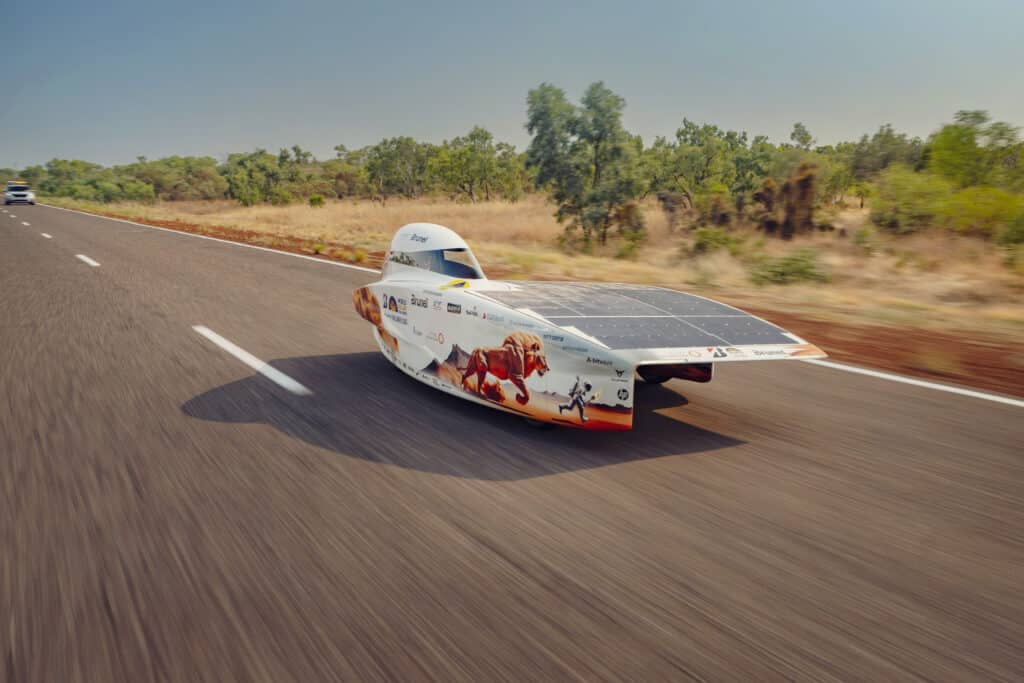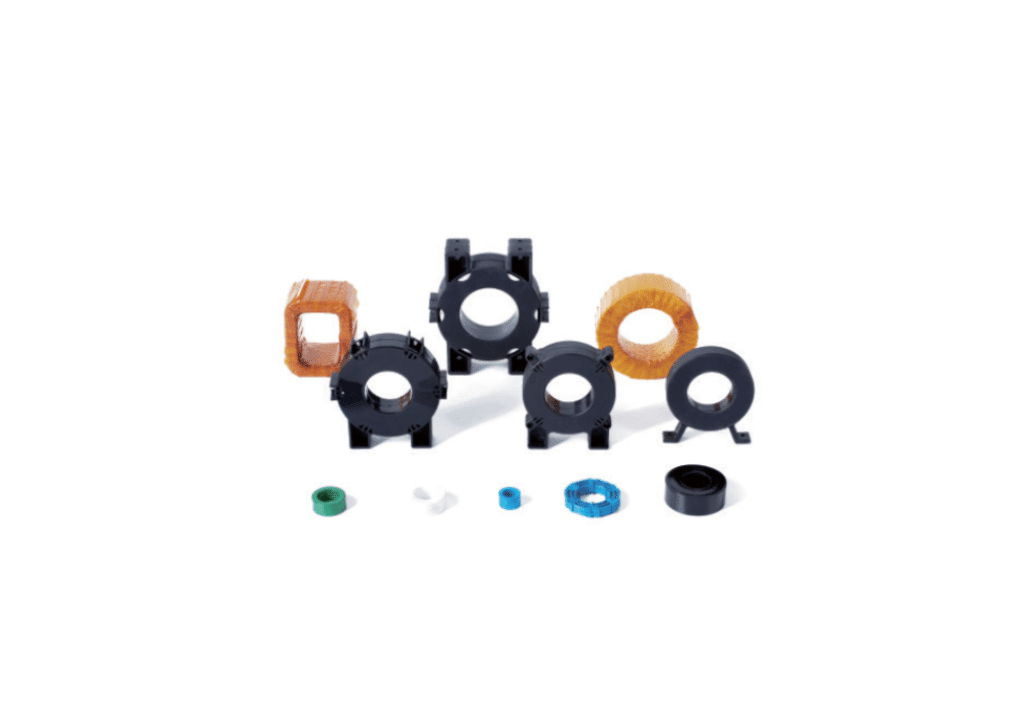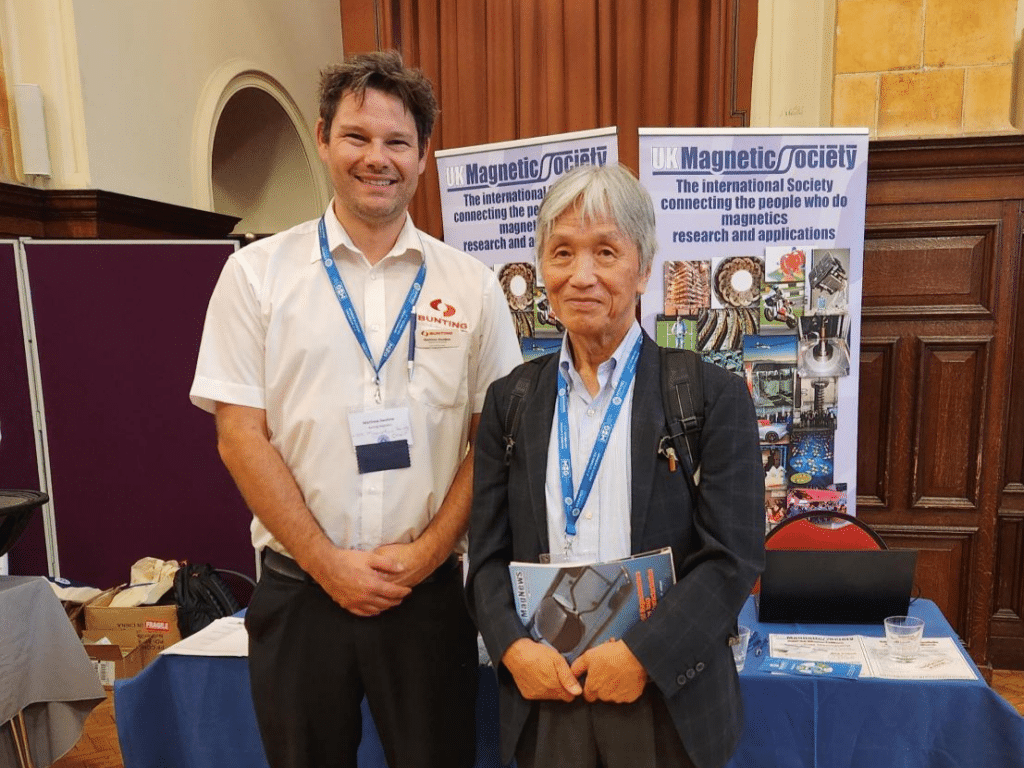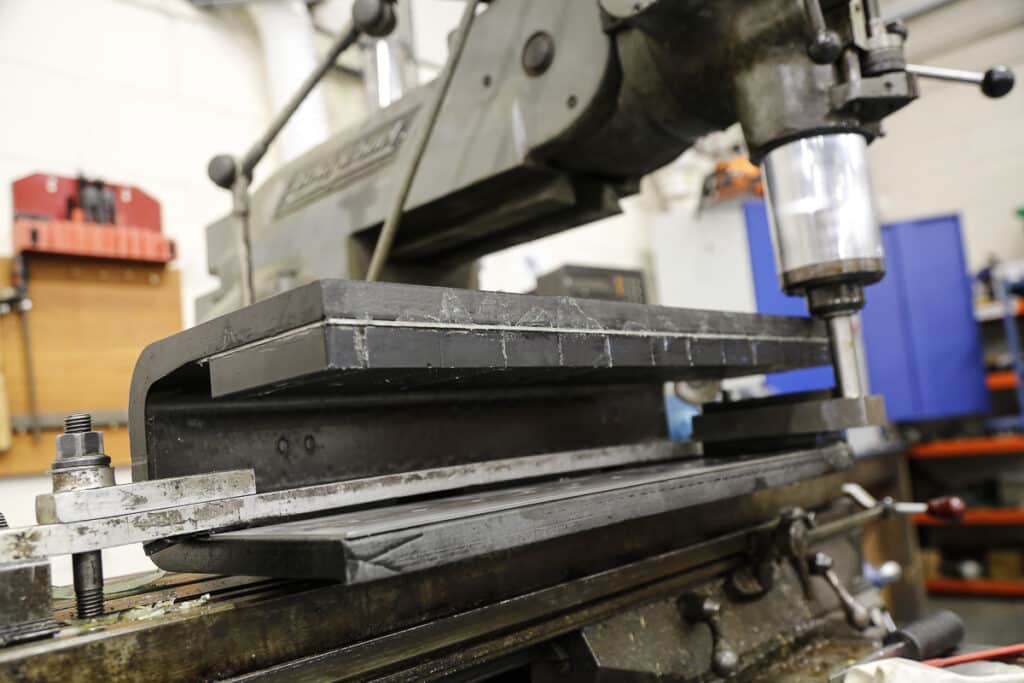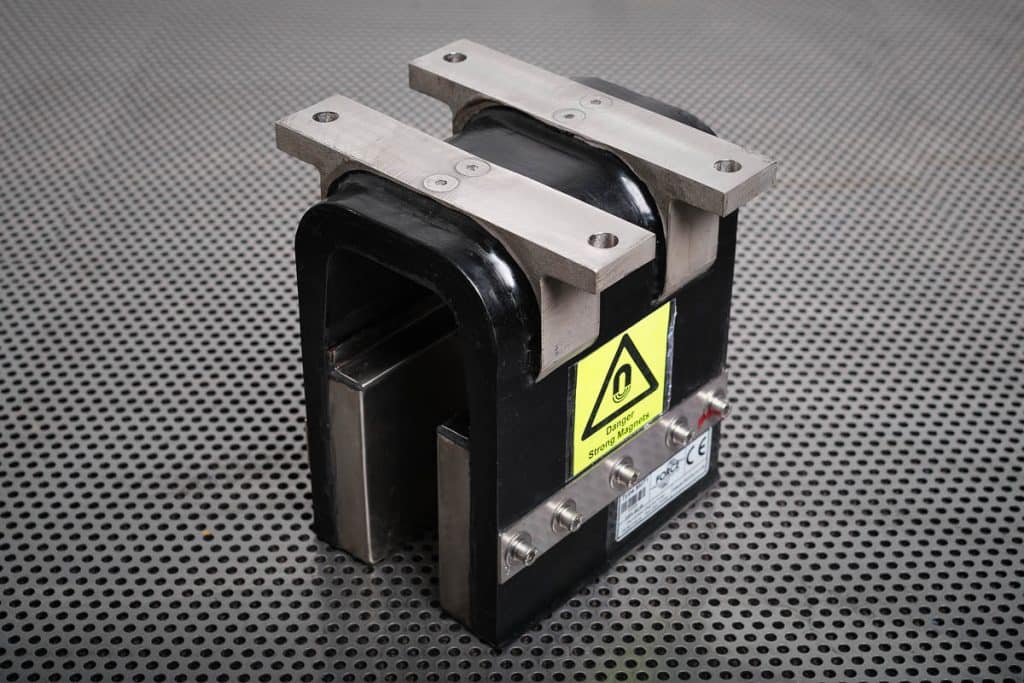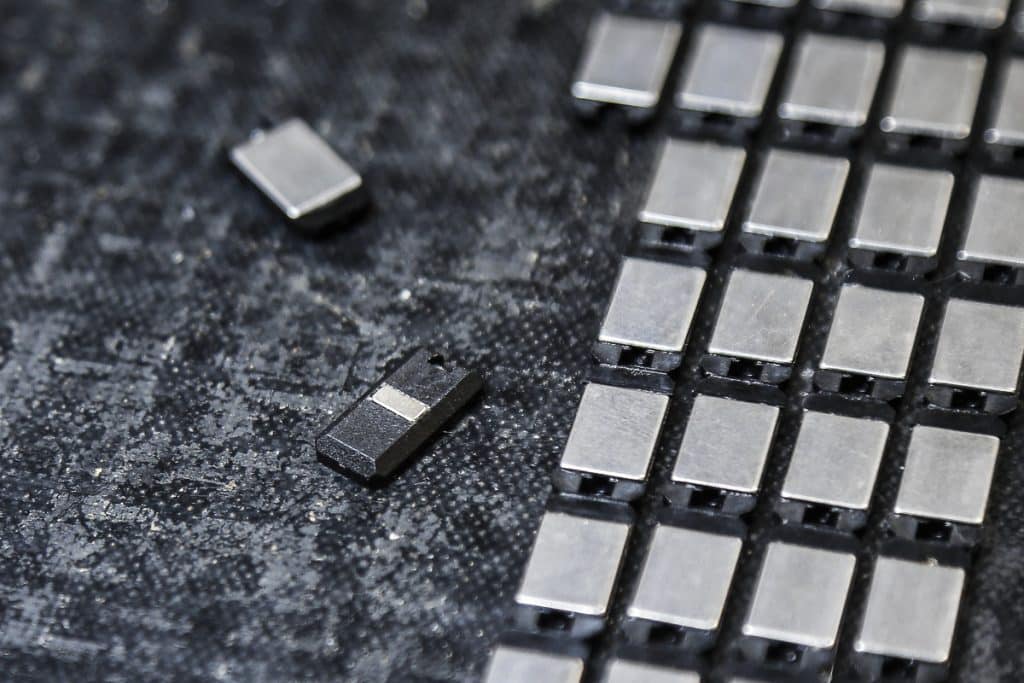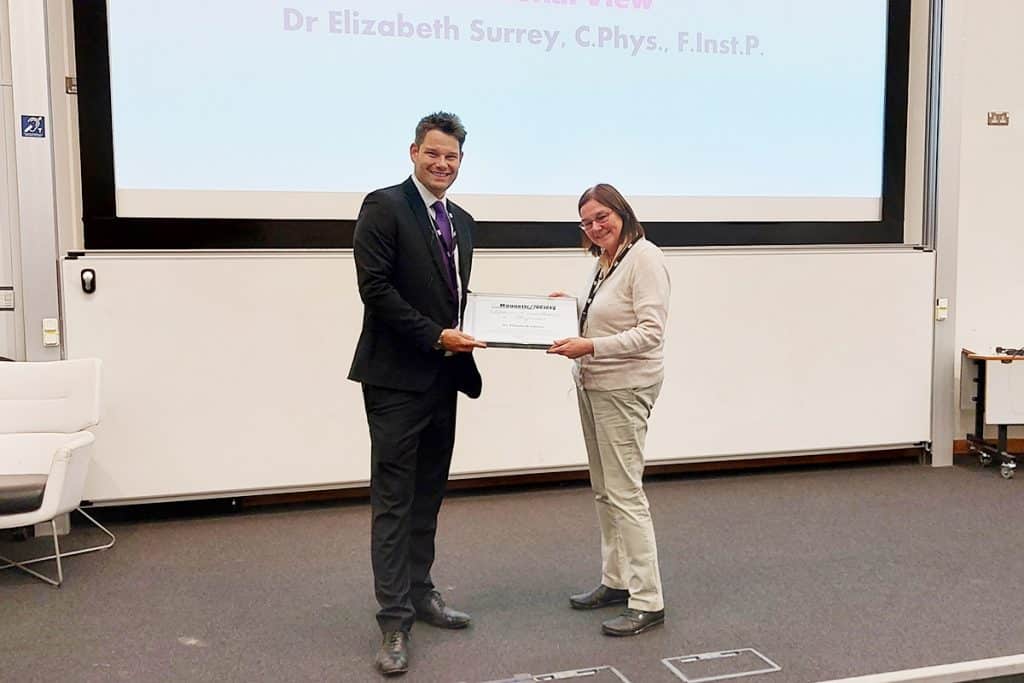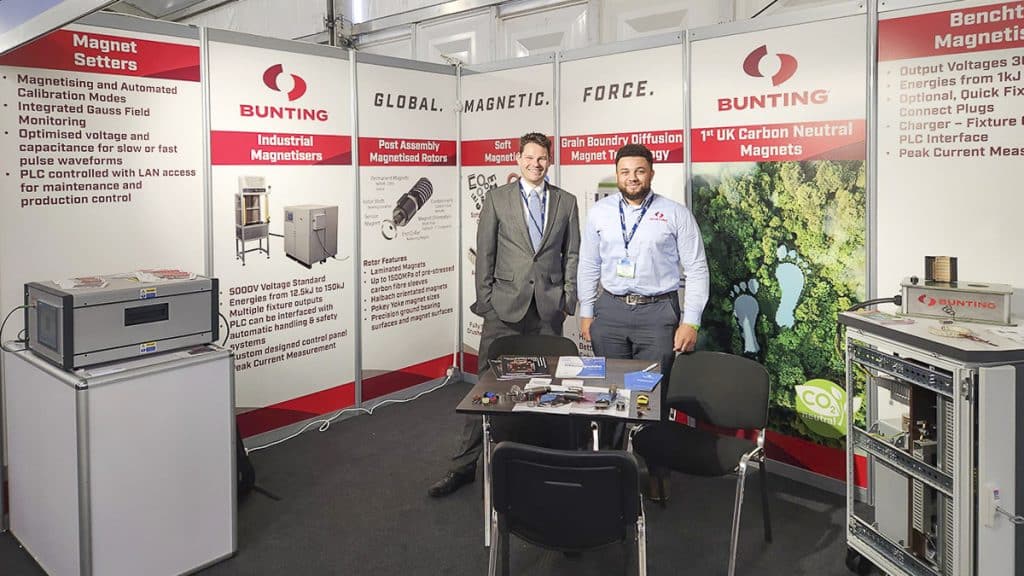Magnet Technology
Understanding Magnetic Permeance Coefficient
Firstly, it is important to understand that the maximum working temperature of a NdFeB magnet is not defined by the material grade! It is essential to calculate the magnetic permeance coefficient to establish what grade of material you need. The two examples compare the same magnet but with different thicknesses, one at 30mm and one at…
Read MoreThe Brunel Solar Team Technically Supported by Matthew Swallow
Matthew Swallow, Bunting’s Technical Product Manager, recently visited the Brunel Solar Team in The Netherlands as part of Bunting’s ongoing technical support on the solar car development project. Bunting is supporting the Brunel Solar Team with specialist magnets and technical support in the development of their Nuna 12S solar powered car. The Nuna 12S will…
Read MoreMagnets for Revolutionary Solar Car
Bunting is supporting the Brunel Solar Team with specialist magnets and technical support in the development of their Nuna 12S solar powered car. The Nuna 12S will complete with other teams in the 16th Sasol Solar Challenge (September 2024), driving from Johannesburg to Cape Town in South Africa. The Brunel Solar Team promote sustainability through…
Read MoreWhat are Soft Magnetics?
When we added Soft Magnetics to our magnetic products portfolio, one of the most common questions we were then asked was ‘What are soft magnetics?’ Simply, soft magnetic materials are those that can be easily magnetised and demagnetised and their primary use is to enhance and/or channel the flux produced by an electric current. Soft…
Read MoreA Review of REPM 2023
Matthew Swallow, our Technical Product Manager and the Chair of the UK Magnetics Society, reports on REPM 2023, the 27th international workshop on rare earth and future permanent magnets and their applications (3-7 September, University of Birmingham, UK). REPM is a biennial academic conference held and run by a hosting university or institution with the…
Read MoreBunting Sponsors REPM 2023
Bunting has signed up as a gold sponsor of REPM 2023, the 27th international workshop on rare earth and future permanent magnets and their applications (3-7 September, University of Birmingham, UK). The biennial workshop is co-organised by SUSMAGPRO partner University of Birmingham and brings together scientists and engineers working on rare-earth permanent magnets and their…
Read MoreBunting and Force Engineering Design Magnetic Rollercoaster Brake
Bunting and Force Engineering have collaborated to design and build a novel magnetic brake for use on rollercoasters. During the two-year project, the project team considered different permanent magnet arrangements required to generate the braking force needed to slow and stop a rollercoaster cart. The final design used high-power, low-weight neodymium magnets. As a leading…
Read MoreNon-Contact Positional Sensing
Sensor applications using magnets is not new, although the application scope continues to evolve with developments and advances in magnetic materials and magnetising technology. In this specific sensing project, the magnets are used for non-contact position sensing, which is, perhaps, one of the unique ways in which magnets are meeting the changing demands of the…
Read More34th Ewing Event: The Road to Fusion
Matthew Swallow, Bunting’s Technical Products Manager and Vice Chair of the UK Magnetics Society, reports on the society’s 34th Ewing Event held at the University of York in the UK in December 2022 and sponsored by Bunting. The 2022 Ewing Event was entitled ‘The Road to Fusion’ and looked at the magnetic technologies involved in…
Read MoreCenex-LCV 2022 Review
Cenex-LCV is the UK’s premier low carbon vehicle event, held at UTAC in Bedfordshire, UK (7-8 September 2022). Our Matthew Swallow, our Technical Product Manager reviews the 2022 event. Promoting a Low Carbon Vehicle Future “The Low Carbon Vehicle Exhibition of 2022 perfectly lived up to its name. This year there were vehicles using every…
Read More
